#Chernobyl disaster
Text
CHERNOBYL 26.04.1986 - 26.04.2024
Today marks 38 years since one of the greatest tragedies in human history occurred.
A lot has been said, written, invented, drawn and sung.
The main thing that will remain forever is the desire of people to help their neighbor, to know the truth and to seek justice in all ways.
Even if sometimes this justice can only be found at the bottom of one's own heart.
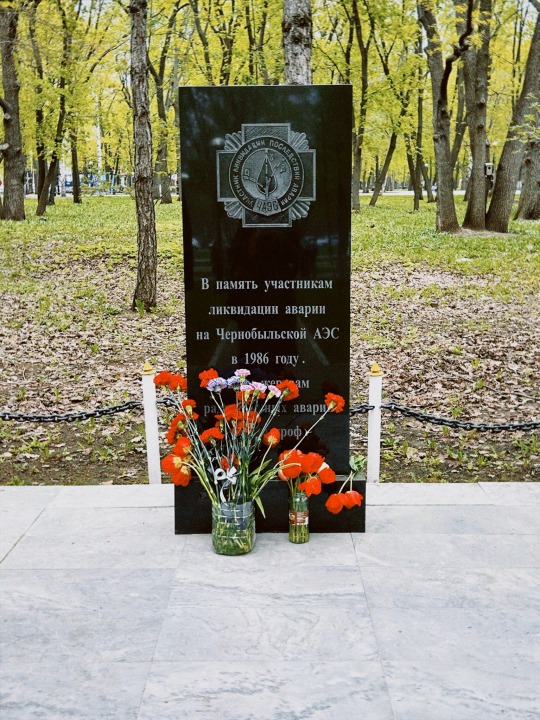
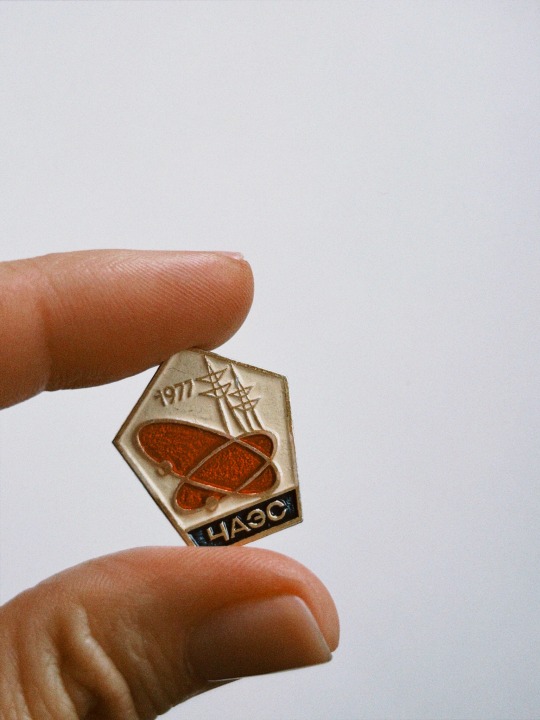

#Chernobyl#chernobyl disaster#чернобыль#чернобыльская катастрофа#my pictures#moscow#чаэс#chernobyl npp#april 26#1986#26.04.1986#26апреля#valery legasov
38 notes
·
View notes
Text
Love how many nuclear science papers in the period between 1986 and 1995 carry the general message of "well this is fucking awful, it should never have happened and Christ we hope it never happens again, but on the other hand this is fascinating"
#chernobyl#chernobyl disaster#nuclear physics#nuclear science#man made disasters#man made horrors#science#scientists
938 notes
·
View notes
Text
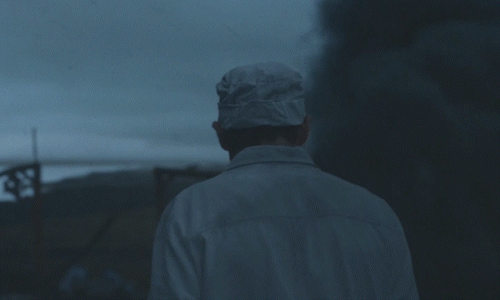
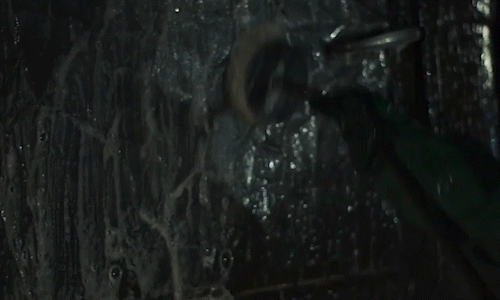





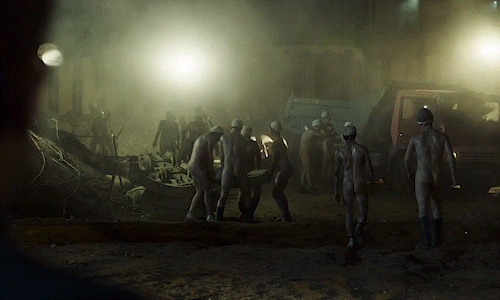
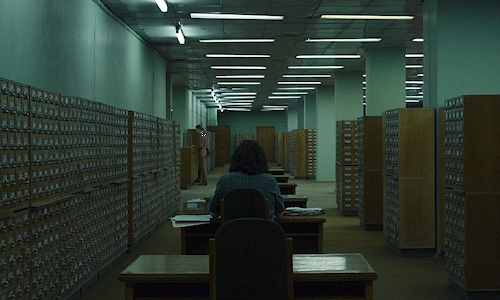
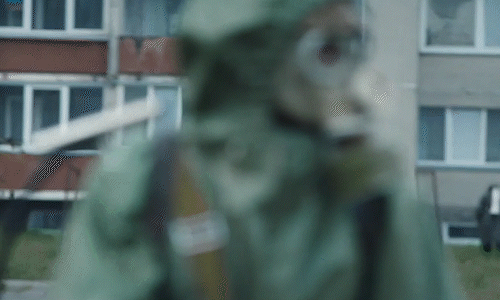
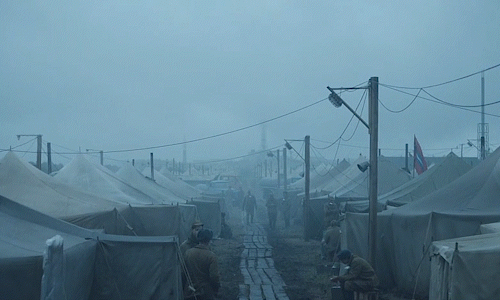

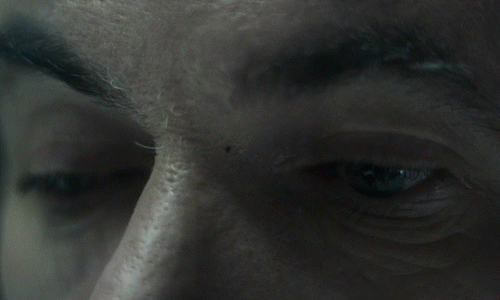
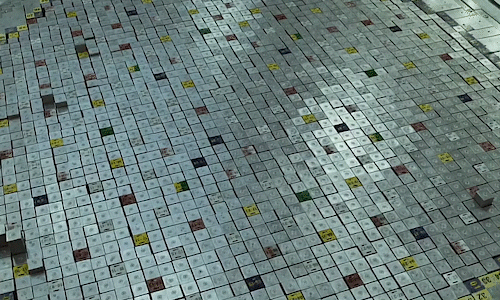


"To be a scientist is to be naive. We are so focused on our search for the truth we fail to consider how few actually want us to find it. But it is always there whether we see it or not, whether we choose to or not. The truth doesn't care about our needs or wants, it doesn't care about our governments, our ideologies, our religions. It will lie in wait for all time. And this, at last, is the gift of Chernobyl. Where I once would fear the cost of truth, now I only ask: What is the cost of lies?"
CHERNOBYL (2019) | Created and Written by Craig Mazin, dir. Johan Renck
#2010's#2010's tv#2019#chernobyl#hbo#sky atlantic#craig mazin#johan renck#jamie sives#jared harris#jessie buckley#adam nagaitis#alex ferns#robert emms#emily watson#paul ritter#dramaedit#historyedit#mini series#chernobyl disaster#1980's#1986#tvedit#tvgif#mygifs
84 notes
·
View notes
Text
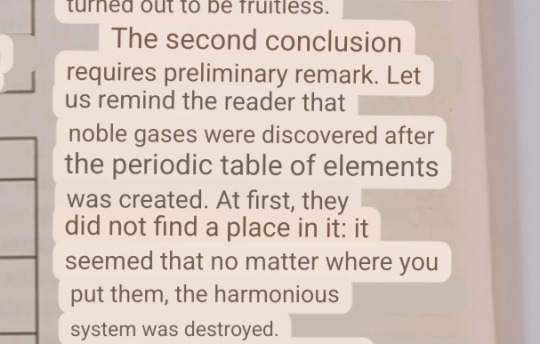
Only wanted to get into some of his research topics, but then Valery Legasov throws these metaphors at me, I can't handle this.
21 notes
·
View notes
Photo

𝔗𝔥𝔢 𝔈𝔩𝔢𝔭𝔥𝔞𝔫𝔱'𝔰 𝔉𝔬𝔬𝔱 𝔬𝔣 𝔱𝔥𝔢 ℭ𝔥𝔢𝔯𝔫𝔬𝔟𝔶𝔩 𝔡𝔦𝔰𝔞𝔰𝔱𝔢𝔯, յգՑճ
𝔗𝔥𝔢 𝔈𝔩𝔢𝔭𝔥𝔞𝔫𝔱𝔰 𝔉𝔬𝔬𝔱 𝔬𝔣 𝔱𝔥𝔢 ℭ𝔥𝔢𝔯𝔫𝔬𝔟𝔶𝔩 𝔡𝔦𝔰𝔞𝔰𝔱𝔢𝔯. 𝔗𝔥𝔦𝔰 𝔡𝔦𝔰𝔞𝔰𝔱𝔢𝔯 𝔥𝔞𝔭𝔭𝔢𝔫𝔢𝔡 𝔦𝔫 յգՑճ, 𝔱𝔥𝔦𝔰 𝔭𝔦𝔠𝔱𝔲𝔯𝔢 𝔴𝔞𝔰 𝔱𝔞𝔨𝔢𝔫 𝔦𝔫 յգգճ, 𝔬𝔫𝔠𝔢 𝔱𝔥𝔢 𝔯𝔞𝔡𝔦𝔞𝔱𝔦𝔬𝔫 𝔩𝔢𝔳𝔢𝔩 𝔴𝔞𝔰 𝔴𝔢𝔞𝔨𝔢𝔫𝔢𝔡.
#The Elephant's Foot of the Chernobyl disaster 1986#elephant's foot#Chernobyl#Chernobyl disaster#1986#80's#80s#ukraine#disaster#radiation#picture#Elephants Foot
232 notes
·
View notes
Text
History of the RBMK 1000 (Reaktor Bolshoy Moschnosti Kanalnyy): High Power Channel Type Reactor

The RBMK 1000 reactor, the type involved in the Chernobyl Disaster, is a boiling water reactor (BWR) designed in the 1960s at the Kurchatov Institute, the Soviet Union's nuclear science center.
The USSR had placed a priority on developing nuclear power in the late 1950s in its never ending attempts to improve its infrastructure and power its rapidly expanding industrial base. Nuclear reactors are extremely effective at providing high baseload capacity to a power grid, since they are rarely switched off and (depending on the design) can generate enormous amounts of electricity for lower running costs than a more traditional hydrocarbon power plant. Essentially, since they are (almost) always on, they are always providing the grid with a large and extremely reliable supply of energy. It also allowed the USSR to appear at the front of atomic energy, and laude the successes of the ‘Peaceful Atom’. In the atmosphere of the Cold War, peaceful use of atomic power was a key propaganda tool at home and abroad.
The RBMK was selected for construction by the Ministry of Energy over the rival VVER Pressurized Water Reactor in 1968. It was chosen because it was cheaper to construct in terms of material costs, and the components could be mass produced in pre-existing factories for far lower cost. With an enormous power output of 1,000 MWe (megawatts of electricity) it was declared the 'National Reactor' of the USSR. Construction began on the first RBMK in 1970 at the Leningrad Atomic Energy Station. This unit entered service on December 21st, 1973.
Below: A labeled diagram of the core of an RBMK type reactor.

The RBMK 1000 and its successor RBMK-1500 (basically the same reactor with a slightly higher power output) was fraught with safety issues almost from its inception. This was related to several design features and quirks of the reactor, notably the abnormally high positive void coefficient due to steam bubbles in the coolant circuit and the use of graphite as a moderator. Several other even more concerning design flaws would become apparent over the course of its operation, culminating in the explosion of Chernobyl Unit 4 on April 26th, 1986. These revelations have even continued up until present day, with the most recent example being in 2012 when Leningrad Unit 1 (the one mentioned at the end of the previous section) had to be shut down for 18 months to replace graphite moderator blocks that had deformed due to heat and extensive use. This issue has been identified at several other RBMKs.
The reactor type experienced no less than two partial meltdowns in the history of its operation, one at the Leningrad plant and one at the Chernobyl plant (the partial meltdown incident at the Chernobyl plant is different from the explosion and complete meltdown of Unit 4 in 1986). Both of these were serious incidents with not insignificant radioactive releases, but they only partially damaged the respective reactors. The public was not notified in either case, and all information on the design flaws was kept secret by order of the USSR’s highly centralized government.
RBMK construction was halted only in the wake of the Chernobyl Disaster in 1986. Of the 26 reactors approved for construction, only 18 ever entered service. Several modifications were made to the existing RBMKs to eliminate the dangerous flaws that had lead to the 1986 accident. As of 2023, most RBMKs have been shut down and decommissioned. Of the 18 completed reactors, only eight still operate (Three at the Kursk NPP, two at the Leningrad NPP, and two at the Smolensk NPP. All but one of them are scheduled to be shut down and decommissioned by 2030).
The RBMK’s impact has primarily been showing that graphite moderated reactors have far fewer safety features than other water moderated reactors like those in the West. Ironically, the VVER which had been sidelined by the RBMK has enjoyed massive commercial success both in Russia and abroad as an exported design. VVERs are still being actively built and operated in about a dozen countries worldwide.
This is simply an informative blurb on the history of the RBMK-1000 nuclear reactor. I am going to make a more in depth explainer of how the reactor is built as well as an analysis of the physics of the accident at Chernobyl. I will update this post with a link to them when they are complete. My planned deadline is the 26th of April, the anniversary of the explosion. I hope this post has been informative and I am of course happy to answer any further questions and provide any requested information.
#rbmk#nuclear reactor#chernobyl#nuclear power#bwr#disaster#history#autism#nuclear#accidents and disasters#radiation#rbmk 1000#reactor#chernobyl hbo#chnpp#ussr#soviet union#chernobyl disaster
51 notes
·
View notes
Text
38 years ago today.
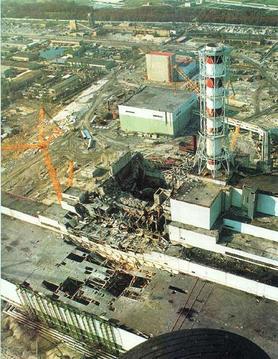
What a fucking shitshow.
#dougie rambles#personal stuff#history#chernobyl#anniversary#chernobyl disaster#ukraine#ussr#ukrainian history#nuclear disaster#1986#explosions#disaster#ineptitude#fucking hell
6 notes
·
View notes
Text
instagram
Zeke Gonz has done it again with another 🔥 💀 meme - Quick name something good that came out of Chernobyl in the comments below or else your weird teacher will fail you and no you don’t get any time to prepare, just start listing the first things that comes to mind with the quiet desperation of a 16 year old who really needs to win this debate to put on a college application
#Let's Get Haunted#Chernobyl#high school debate club#Chernobyl disaster#Chernobyl Nuclear Power Plant#Instagram
12 notes
·
View notes
Text
#chernobyl#soviet union#soviet history#soviet#chernobyl nuclear power plant#chernobyl disaster#andropov#yuri andropov#чернобыль#андропов#ссср#русский tumblr
5 notes
·
View notes
Photo

Тепло.
25 notes
·
View notes
Text
"If I say is safe, is safe" Anatoly Dyatlov
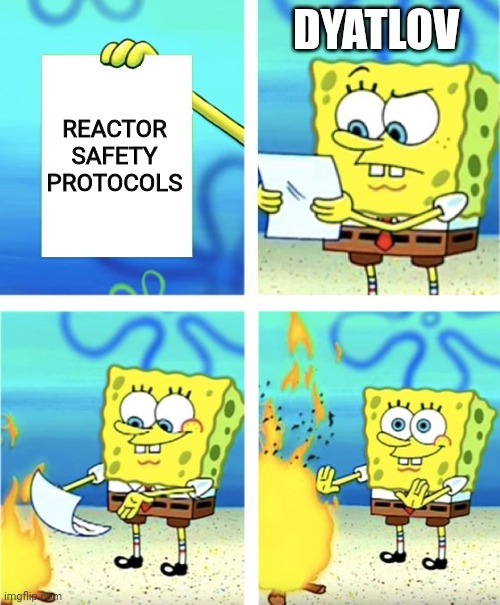
#chernobyl hbo#hbo chernobyl#chernobyl#hbo max#hbo series#Chernobyl memes#Meme#Memes#Anatoly Dyatlov#chernobyl disaster
28 notes
·
View notes
Text
Some days all that keeps me going is Valery Legasov in his hat and turtleneck.
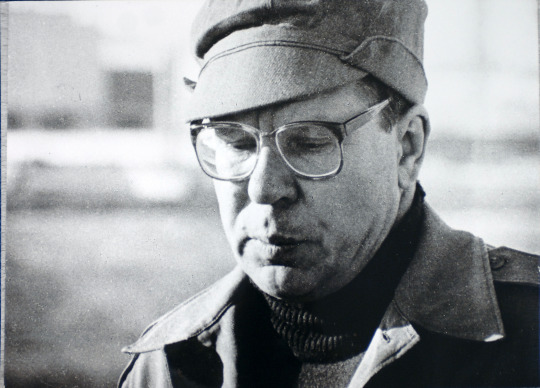
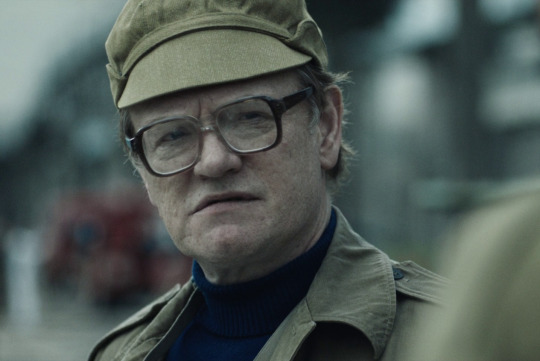
#valery legasov#valerylegasov#jared harris#jaredharris#chernobyl hbo#chernobylhbo#chernobyl#hbochernobyl#hbo chernobyl#chernobyl disaster
13 notes
·
View notes
Text
If I had a nickel for every time the name Dyatlov was associated with a disaster in the Soviet Union, I would have two nickels, which isn't a lot, but it's weird that it happened twice.
#dyatlov pass#chernobyl#chernobyl disaster#igor dyatlov#anatoly dyatlov#dyatlov#dyatlov pass incident#ussr#soviet union#1959#1986
40 notes
·
View notes
Text
The first photo of Chernobyl Nuclear Power Plant Reactor 4 after the explosion early on the morning of April 26th, 1986.

Taken out of the porthole of a helicopter, the immense background radiation can be seen as the spotty haze on the film. In an effort to collect more information on the severity of the accident, helicopter crews flew several sorties to photograph Unit 4 through the smoke of the flaming tar on the roof and the column of radioactive elements rising from the melting reactor. These photos allowed the disaster teams to formulate a plan to combat the meltdown in the burning reactor core and start building a sarcophagus to entomb the disaster site. Some knew the dangers of radiation, but many did not. Many would later die prematurely due to exposure to radioactive elements.
Photo credit: Igor Kostin
[Image description: the photo is of the exterior of the reactor hall of Chernobyl unit four from the west. It is a tall white concrete building with several tiers of roofs. Debris, mainly twisted metal support beams and graphite from the reactor, is strewn all over the ground and a large hole is visible in the top of the reactor hall. Windows are blown out lower in the building. The turbine hall, a long continuous building several stories shorter than the reactor hall, is visible behind the reactor. Large sections of the turbine hall roof near reactor four are damaged or missing. The photo is hazy due to radiation.]
#chernobyl#reactor#accidents and disasters#nuclear#nuclear power#radiation#helicopter#history#chernobyl hbo#autism#chernobyl disaster#soviet union#soviet#ussr
47 notes
·
View notes
Text
I'm intrigued by the Chernobyl disaster of 1986 right now
#chernobyl#chernobyl disaster#radiation#1986#chernobyl disaster 1986#chernobyl disaster of 1986#ukraine#chernobyl ukraine#disaster#chernobyl hbo#hbo max#hbo miniseries
15 notes
·
View notes
Text
Technician: Sir, I’m getting some odd readings from the main reactor.
Chief engineer: Hm? Oh it’s fine, don’t worry about it. The situation is perfectly normal.
The situation, in question 5 minutes later:
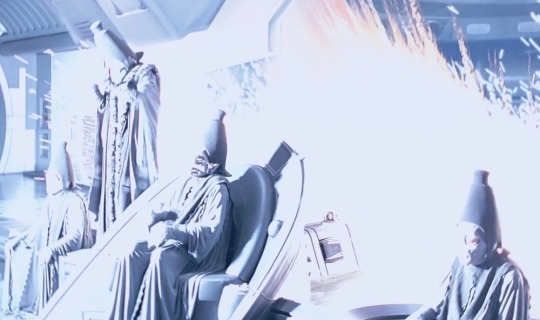
OOPS!!!!
#personal stuff#dougie rambles#what#my poor attempt at a joke#this sounded better in my head#admittedly#the phantom menace#in question#chernobyl#chernobyl disaster#ukraine#nuclear meltdown#minor inconvenience#this sounded funnier in my head#explosions#lucrehulk#battle of Naboo
4 notes
·
View notes